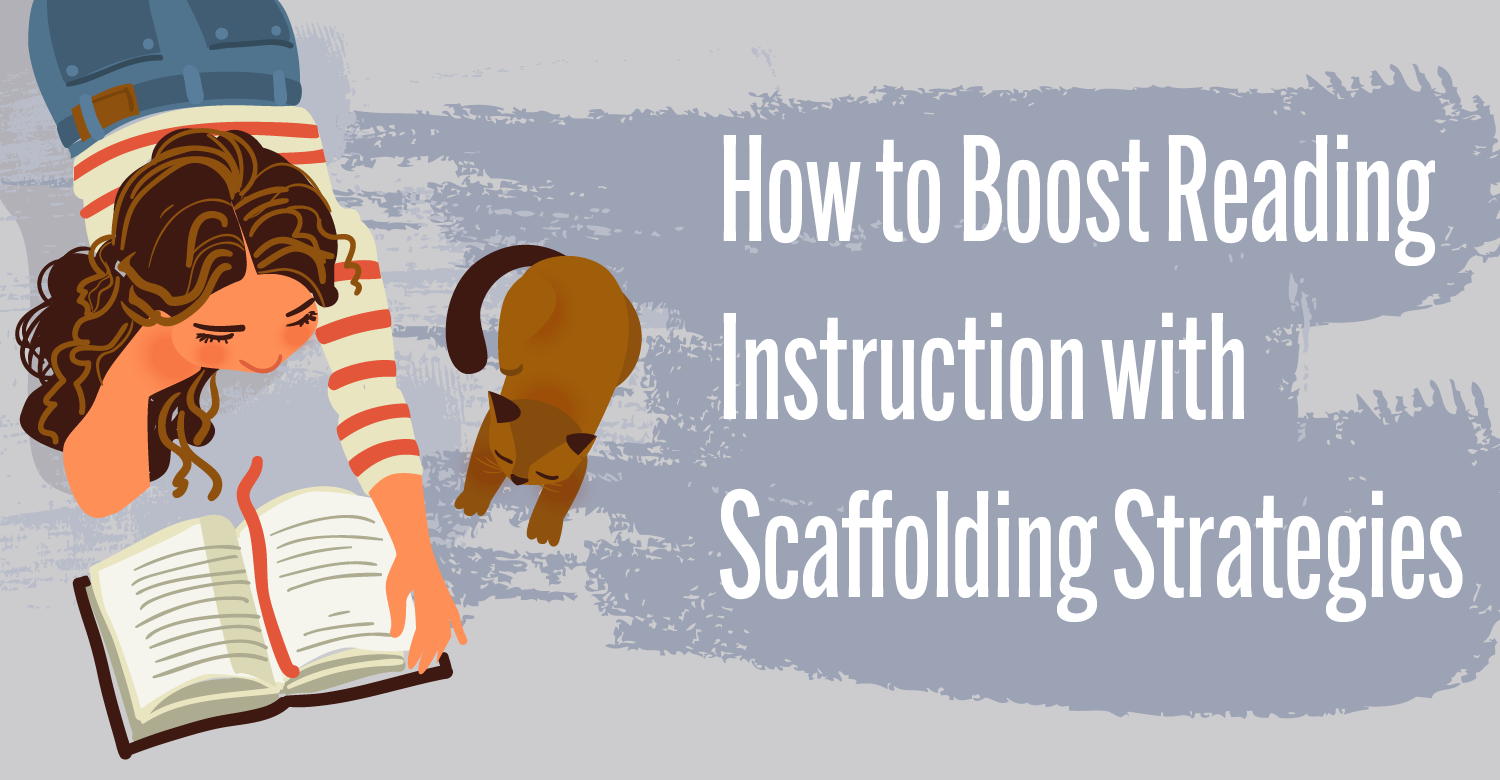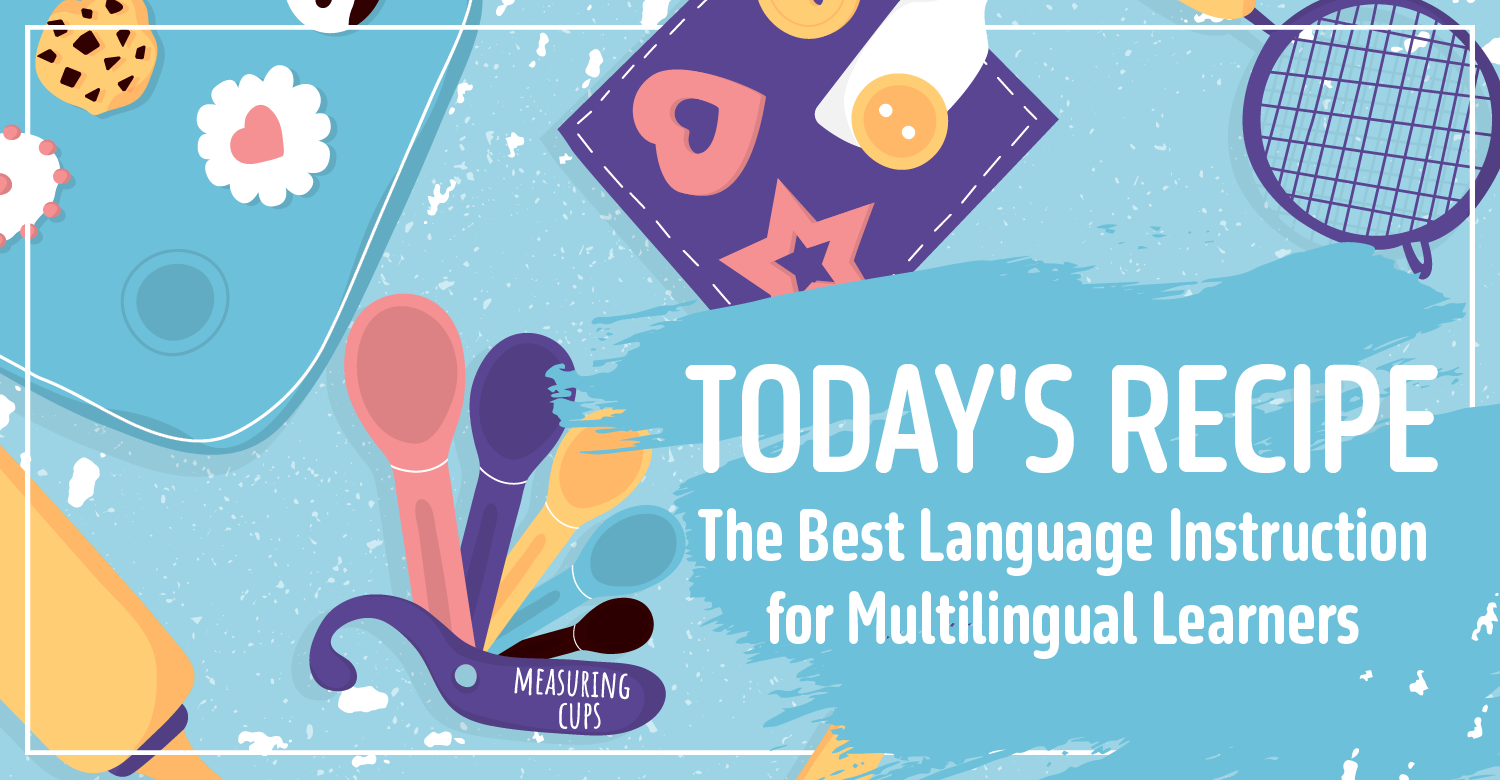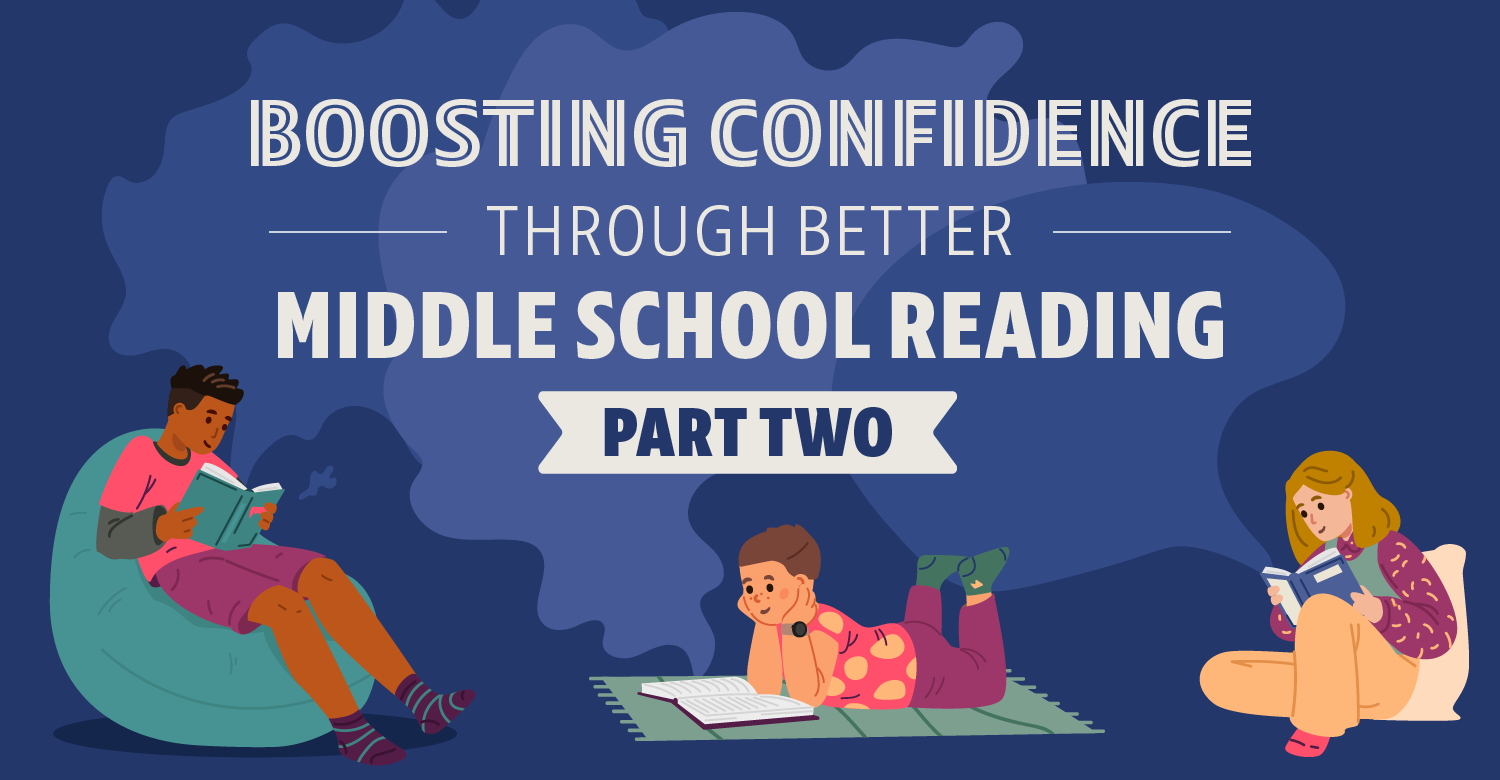Driving Question: Where is collaboration and cooperation in the curriculum?
For the most part, neither collaboration or cooperation are in any curriculum. If they are, rogue teachers make it so.
So what? Don’t students learn to collaborate on their own?
- Playing as teammates in sports?
- In science labs with experiments?
- In Social Service clubs?
- Checking homework?
- Jumping rope?
- Walking quietly in line?
- Following instructions for a test?
The list can go on. Yes, students do cooperate and collaborate with their peers and with teachers.
Raising the Bar
In 21st Century classrooms, we are talking about a higher bar. In this day, more is expected of students than following orders like an outdated assembly line worker to do the jobs asked by the boss. More is also called for than what students do in games on the playground and athletic field. The 21st Century world adds demands for high level teamwork skills. Number one among what employers are seeking from future works is the ability to work skillfully in a team. (Smith. S., 2013)
The teamwork skills don’t come easy. As sung in South Pacific, “You gotta be taught.” That teaching starts with the basics of cooperation, the skills which evidence says clearly lead to higher academic achievement”. (Johnson and Johnson, 1980). The evidence continues into support for explicit development of conflict resolution, trust building and other higher level social skills. These skills are the essentials with which the most adept leaders make and maintain an environment of cooperation and collaboration in the 21st Century workplace. (Hattie-2010; Marzano,-2015). Neither the makers of the Standards nor those who push for test prep seem to have read this.
Defining Terms
Collaboration is the willing work of two or more individuals to complete a single task or series of tasks. When sharing a common goal ranging from flying a space shuttle home to testing patients for the Ebola virus, firefighting, programming a computer, or serving a hamburger and a coke with a smile, it is assumed that collaboration is needed and each person involved will do his or her job to help the team reach its goal. Of course, that assumes also that all have the prerequisite collaboration skills.
How Intentional?
Collaboration plays a major role in many real-world jobs. Team members investigating a new medicine’s safety hall have specific job assignments. How well all team members on a oil rig complete their assigned tasks contributes to the well’s readiness to pump. Members of a digital media team are dependent on each other and they are accountable to each other for keeping customers connected in the e-world. Advertizing sales and products team members each need social skills to give and get helpful feedback as the group reviews progress and assesses the quality of work for delivering new products. Unless a NASCAR pit crew’s interaction is positive, filled with trust, and supportive, divisions that slow down the pit stops can kill the race..and maybe the driver. Astronauts riding in a space capsule understand their dependence on the ground crew and each other from blast off to touchdown.
Before any worker enters today’s job world they certainly need to understand its most critical demands. Yes, each must know the knowledge-base behind the job, but employers, as shown in the Forbes study and other surveys, are asking for more… much more. They want to know how well the candidate will collaborate and communicate with the team members at the work site. How ready are they to work in an intense, interdependent, individually accountable workplace? How well do they work as a team?
Before arriving into the workplace, the expectation is that future workers will have sophisticated team skills. When it comes to readying students for the real work world, the evidence gathered over three decades says “Teach the cooperative skills in the learning job. Be explicit and assess the skill development. Don’t expect the skills will just grow or that they are natural. All can improve the quality of their collaboration by learning to cooperate in the learning place.”
In current school parlance, cooperative learning is the pre-eminent, evidence-based strategy for intentionally developing students’ abilities to collaborate. Cooperative learning is defined as the intentional promotion of positive interaction among two or more students who share a common goal. The quality of cooperation in a learning task (cooperative learning) is viewed through five criteria answering the question “to what degree do the students purposefully work together to develop and apply (1) personal interdependence, (2) individual accountability, (3) group assessment, (4) social skills, and (5) face-to-face interaction? (Johnson and Johnson, 2010). Even as teacher’s work to develop these skills in students, they making their students into more efficient and effective learners of the elements already in the curriculum.
Developing PBL in the Team
Explicit development of cooperative learning skills within Project-Based-Learning is a surefire approach for ending up with students who can collaborate at a high level. (Bellanca, 2011) If a teacher facilitates the collation well, it also is the better fire way to deepen their learning of standards-aligned content.
For the best results, refinement of students’ cooperative skill development is best not left to chance by saying “Get into your lab groups and do experiment seven” or “Work with the partner next to you to solve this computer problem“. Such tactics seldom get the academic results that come when the task is structured. With such superficial use, it is also not likely that students will develop (1) positive interdependence via a division of labor with each student’s part needed for the whole task, (2) individual accountability when each student’s contribution is assessed from start to finish, (3) social skills, such as conflict resolution and trust, (4) and students ability to give each other feedback on the quality of their contributions. To ensure these skills are developed, it is imperative that the teacher teach, coach, and asses the cooperative skills.
Although there are those who still hang on the obsolete belief that only content matters for the multiple choice test, it is easy to see that students who have sharp cooperative learning skills will perform more efficiently and prepare high quality products in their PBLs and later work life than those who muddle through their projects working alone or in a pseudo-collaborative assignment.
The highest quality PBLs promote collaboration by relying on well-taught cooperative learning as the instructional tool most likely to advance students’ collaborative skills development and transferability to the workplace. Even as students complete their projects and master their content, at the same time they can practice and receive feedback about their collaborative skills. In a PBL, the opportunities for attention to the qualities that increase collaborative know-how, are many.
- The Entrance Activity: Tasks done in pairs or threes to get ready for the content of the PBL
- Needs to Know Lab: 10 minutes per week focused on a social skill to enhance cooperation and communication.
- Gathering information and Making Sense: Research teams investigate from different points of view or gather survey information from different sources. Together they analyze the data.
- Making the Product: A perfect place for jig sawing tasks for a single product.
- Presentations: Each team member plays a role
- Assessing and Reflecting: All members share feedback with each other about the cooperation that resulted in increased collaboration and assess a specific social skill.
No Missed Opportunity:
Project-based learning is the instructional model that most reflects the real world project-based assignments today’s students will face in the workplace. Even as they work on their current assignments in a PBL curriculum units, they are getting future employers to change their story. “We don’t need to worry about students’ readiness to collaborate. They come ready because it is a serious part of their instruction.”
References:
Bellanca, J. (2010) Enriched Learning Projects. Solution Tree Press, Bloomington.
Hattie, J. (2010), Visible Learning, Routledge, London.
Johnson, R. and Johnson, D. (1980, 2012) Cooperative Learning, Cooperative Learning Press, Minneapolis.
Marzano, R. (2015) Instructional Strategies accessed at www.marzanoresearch.com
Smith, S. (2010)“The 10 Skills Employers Most Want In 20-Something Employees”, Forbes Blog. 10.20.13.
[author_bio id=”145″]







